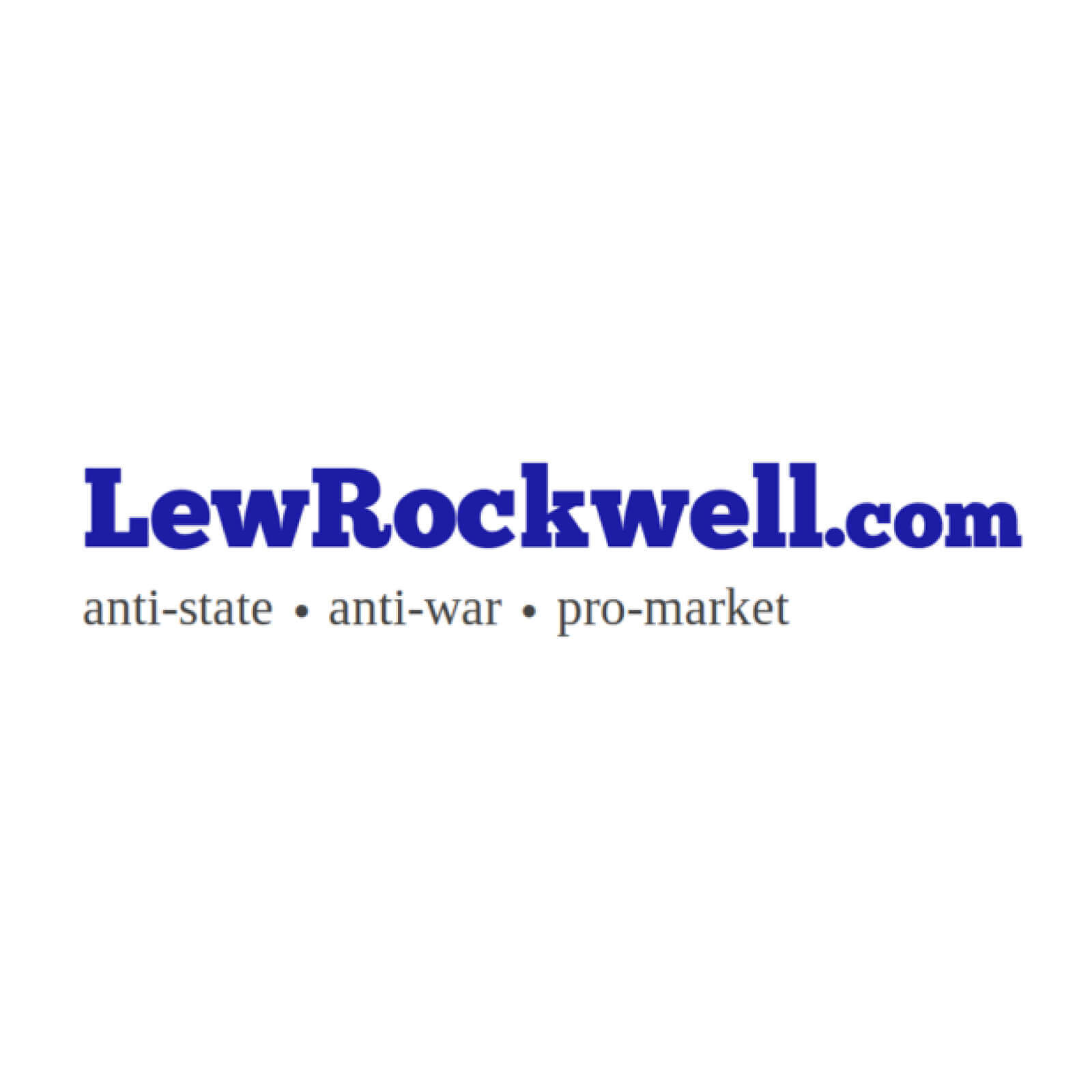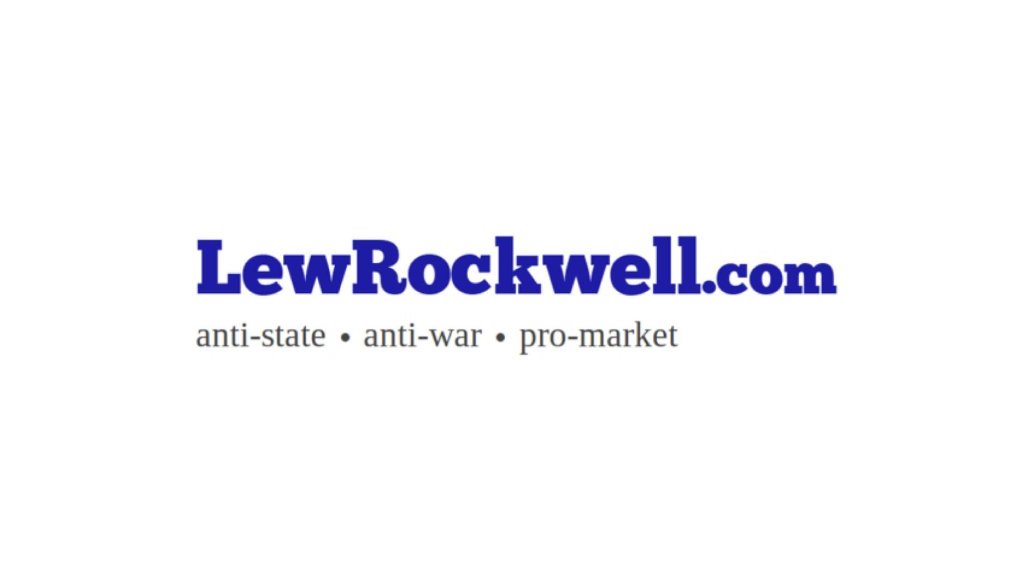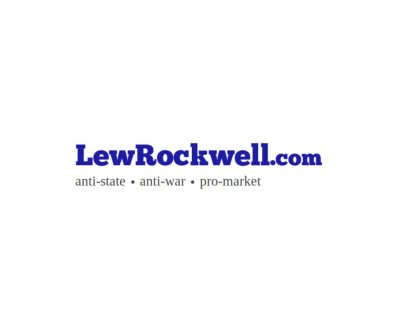Peter Dale Scott on Early OSS/CIA Relationship with the International Drug Networks
Old Wealth, the Kuomintang, and the CIA’s Air America
By: Peter Dale Scott
September 15, 2022
Abstract: An essay of mine, with the title “Private War Enterprise in Asia: Air America, the Brook Club and the Kuomintang,” was sent by me in 1970 to Ramparts magazine. But it was impounded by the CIA, and retained in their archives until released in 2009, under three CIA cover slips (one almost fully redacted). It is now published here, under a 2022 Introduction I have written for it.
Introduction
The essay, like the 2022 Introduction, describes two important facts about the early CIA: (1) how enmeshed the agency was in both policies and personnel with the milieu of New York inherited wealth, and (2) how the early policies of that milieu were determined by private financial interests, sometimes in direct conflict with public USG objectives.
In 2009, the CIA released three pages of their records from 1970, along with the document they referred to. One of the three CIA cover records was from the Security Directorate, classified “SECRET,” and wholly redacted except for an OS file number, presumably mine. The document attached to these records was my long-lost manuscript essay entitled, “Private War Enterprise in Asia: Air America, the Brook Club. and the Kuomintang.”
I remember nothing about this essay. CIA notations suggest that I submitted it to Ramparts magazine in September of 1970. However, a cover sheet indicates very clearly that the article was entered into CIA records on August 18, 1970. The article was never published before now, and I have no way of knowing whether it ever reached Ramparts.1
It was, however, passed from the CIA’s Deputy Directorate of Security to the Office of the Executive Director/Comptroller, Col. Lawrence K. White, who in September forwarded it to the Deputy Director of Plans for brief discussion “at the morning meeting.”2
The year 1970 was a busy one for me. Earlier that year, I had three anti-war articles published in the New York Review of Books and two more in Ramparts. In June, I submitted to Bobbs Merrill the manuscript of my book, The War Conspiracy, which was not published until two years later in June of 1972. By then, the book contained an additional chapter, on “Opium, the China Lobby, and the CIA,” which incorporated some of the prose from this lost August 1970 essay.
A digression: The book contract with Bobbs Merrill gave them two years to publish, a deadline they missed by one week. This brought my book into the time frame of my friend Al McCoy’s monumental The Politics of Heroin in Southeast Asia, a book announced with great fanfare in July on the front page of the New York Times, along with the bonus (which of course I would have welcomed) of a vigorous CIA attack.3 Al McCoy’s book was a much more definitive study than my meagre chapter, and it changed history. At the same time his thesis differed from mine: he alleged that “U.S. officials in Southeast Asia… have generally turned a blind eye to official involvement.”4 Nor did he conceal the fact that his book was written with input from CIA veterans like Edward Lansdale and Lucien Conein (at “McClean, Virginia,” the site of CIA Headquarters).
My book in contrast argued that the United States (including the CIA) was consciously using “illegal narcotics networks [ and their resources] to fight communism.”5 In late 1972, the critic Paul Krassner wrote that my book was being “suppressed,” or as we now say, “privished”: that is, I could find it in bookstores in Berkeley; but most of my friends across the country could not. In retrospect I have wondered if Bobbs Merrill (whose legal counsel at the time was the notorious CIA veteran William Harvey) may not have made a preemptive purchase.
The CIA had been aware of me since at the latest June 1970, when I consented to the request of a fellow researcher, a CIA veteran, that I let the CIA look at my book manuscript.6 He told me later that a car drove over from San Francisco to Berkeley, to pick it up from him.
Reading the essay a half century later, I see an argument in it that I would not endorse: the suggestion that the socially prominent New Yorkers named below on the boards of CIA proprietary firms had any control over those firms, rather than merely serving as a front for the agency. However, I do believe that the article demonstrated two important facts about the early CIA: (1) how enmeshed the agency was in both policies and personnel with New York inherited wealth, and (2) how the early policies of that milieu were determined by private financial interests, sometimes in direct conflict with public objectives.
Today we have further evidence in support of the second proposition.
The date of 1970 explains certain glaring omissions in the essay. I could not then have been aware of the impending close to the era of eastern US establishment-Kuomintang cooperation, as Kissinger and Nixon, starting with the “ping pong diplomacy” of 1971, began the delicate task of guiding America towards the major policy change of recognizing Communist China and the deep diplomatic, economic, financial, technological and other relations that followed in subsequent decades.
Nor could I have foreseen the extent to which Nixon would realign the base of the Republican Party, exploiting white racist resentment in the South and thus wresting control of the party away from white establishment liberals in the northeast. That realignment culminated in the Reagan Revolution of 1981 and continuing in fundamentals to 2022. It was accompanied by the creation of a new organization called the Council on National Policy, explicitly designed by people like the Texas oil millionaire Nelson Bunker Hunt to combat the influence of the Council on Foreign Relations in New York.
But the biggest omission reflects how little I knew then about the postwar development of US support for Kuomintang remnant troops in Burma. A key role in this was played by Paul Helliwell—a Miami lawyer and a veteran of the OSS in Kunming, China. Helliwell acted first in his role in the Far East Division of the Strategic Service Unit (1945-47), a successor to OSS. Later he was instrumental in the creation of two CIA proprietary companies: SEA Supply Inc, and CAT—the latter of which became Air America. SEA Supply and CAT were both incorporated by Helliwell, a Miami lawyer, for Frank Wisner’s Office of Policy Coordination (OPC).
This direct US support for the chief opium traffickers of the Southeast Asian “Golden Triangle” became official with Truman’s authorization in late 1950 of Operation Paper. This CIA/OPC program—which CIA Director Walter Bedell Smith had opposed—was intended to divert Chinese armed forces towards their southern frontier, away from the conflict in Korea.
A key role in this support to Kuomintang remnants in Southeast Asia had been played earlier by a private Thai trading company set up in 1946 by Willis Bird, OSS Kunming Deputy Chief over Helliwell. After mishandling a post-war mission to Korea, Bird had left OSS under a cloud, but remained a friend of OSS Chief William Donovan. Bird’s trading company is said to have been originally financed by his friend Donovan’s post-war World Commerce Corporation (WCC), and Donovan himself visited Thailand in 1948. William Stevenson writes that Donovan “turned Siam into a base from which to run [postwar] secret operations against the new Soviet threat in Asia.”7
I should have written more about the WCC in my 1970 essay, for reasons that will become clear later in this introduction.
With Truman’s approval of the KMT-supporting Operation Paper in 1949, Bird’s trading business was subsumed under the new CIA proprietary that Bird’s old OSS mate Helliwell had incorporated in Miami, SEA Supply, Inc. But Bird himself was now well established in right wing, anti-democratic Thai military circles. He even plotted secretly with them to prepare for a Thai military coup in 1950—against, and sometimes in overt opposition to, the US Embassy’s efforts to consolidate Thailand’s fragile democracy. The 1950 coup brought to power Phao Sriyanon, the Thai general controlling the movement of KMT opium through Thailand from the rebel Shan states in Burma. It was not long before Phao was alleged to be the richest man in the world.
As I write in American War Machine,
Bird’s energetic promotion of Phao, precisely when the U.S. embassy was trying to reduce Phao’s corrupt influence, led to a 1951 embassy memorandum of protest to Washington about Bird’s activities. “Why is this man Bird allowed to deal with the Police Chief [Phao]?” the memo asked.8
But the uncontrollable Bird, in his de facto consolidation of the opium traffic in Thailand, appears to have conformed to the purposes of an unseen higher force which overrode the policy of the appointed officials in the U.S. Embassy. What Bird did was in concert with Helliwell in Miami, as well as with Helliwell’s CIA proprietaries, SEA Supply and CAT/Air America. Additionally, the Thai Border Patrol Police (BPP), part of General Phao’s military forces, had been receiving covert U.S. intelligence support, training, and military aid, from as early as 1948 following their role in an earlier Thai military coup in 1947.
Bird’s collusion with a major drug trafficker was in concert with other CIA-related activities at this time in remote areas, from France, Italy, and the Middle East, to Mexico and Taiwan. In later years, similar operations would be carried out in Chile, Colombia, Venezuela, Australia, and Afghanistan.9
These widely dispersed grey alliances with drug traffickers were interconnected, but from a base outside the United States. Starting in 1950, Ting Tsuo-shou, civilian advisor to the KMT troops in Burma, began organizing for a larger Anti-Communist League.10 In 1954, ostensibly as part of the CIA operation to overthrow the Arbenz government of Guatemala, Howard Hunt (the future Watergate plotter), helped organize a Latin-American chapter for the League.11 In the same year, the Asian Peoples’ Anti-Communist League (APACL) was established in Taiwan, allegedly with financial support from the CIA Deputy Chief of Station there, Ray Cline.12
In 1950, the Kuomintang ambition of “rolling back” Communism in Asia was endorsed by both the Republican Party and General Macarthur at his SCAP Headquarters in Japan. But it was opposed by the containment policy devised by Truman, Secretary of State Dean Acheson, and George Kennan.
Truman and Acheson had even worse news for the KMT, now re-established in Taiwan. “In January 1950, [they] publicly announced that Washington would not provide military assistance to safeguard Taiwan.”13
That Taiwan and the KMT survived was due largely to private initiatives taken by Admiral Charles M. Cooke, former commander of the US Seventh Fleet. In February 1950, Cooke flew to Taiwan, on a trip “apparently arranged by SCAP headquarters with MacArthur’s approval [while] the State Department and the U.S. Embassy in Taipei were kept in the dark.”14
A month later,
Cooke worked out a draft contract, in which he proposed the formation of a “Special Technician Program” (STP) under the nominal supervision of the New York–based Commerce International China Inc. (CIC), a subsidiary of World Commerce Corporation chaired by S. G. Fassoulis, another powerful figure in the China lobby…. The CIC’s complex pedigree thus imbued the STP with political intrigue from its inception. As Cooke admitted later in a congressional hearing in October 1951, he never received any governmental authorization for the STP, nor for any of the several related underground activities undertaken through these ostensibly commercial firms.15
In the same month of March, Cooke and the WCC affiliate Commerce International China began purchasing millions of dollars of munitions for Taiwan. Rumors that they would purchase 426 surplus tanks in the Philippines
…disturbed politicians at both the U.S. State Department and the British Foreign Office, who worried that these heavy weapons would eventually fall to the Chinese Communists when Taiwan was captured, thus posing a threat to the West.16
Some of Cooke’s backers in the World Commerce Corporation had personal as well as ideological reasons for covertly opposing the Truman-Acheson Taiwan policy. These backers included wealthy oligarchs from both America (Nelson Rockefeller, John J. McCloy, Richard Mellon, and David Bruce) and Britain (Sir Victor Sassoon and Sir William “Tony” Keswick).17
In this list, it is relevant that Richard Mellon and David Bruce (his cousin by marriage) were both directors of Pan Am, which Bruce had helped bring into being. Sir Victor Sassoon had been a major pre-war investor in Shanghai, where the chief British interests were represented by the trading company Jardine Matheson—headed by Sir William Keswick, a collateral descendant of the Jardine family, and a director of the Hong Kong and Shanghai Bank.18 All would gain considerably if the KMT could reestablish itself in mainland China.
Hsiao-ting Lin’s well-researched book, published by Harvard University Press, argues emphatically:
With the advisory assistance of the retired former commander of the Seventh Fleet, Admiral Charles M. Cooke, and his “Special Technician Program” in Taiwan, Chiang Kai-shek was able to withstand a critical stage of his political career in the months surrounding the outbreak of the Korean War.19
So we see that in Taiwan with Cooke, just as in Thailand with Willis Bird, Americans backed by the World Commerce Corporation were able to further the interests of the Kuomintang, against the policies of Truman and his administration.
Others have argued that the World Commerce Corporation, perhaps with access to Nazi gold in Austria, played a similar role in preserving the cadres of OSS through the difficult 1945-1947 years, after OSS was dissolved by Truman and before the CIA was created.20 All in all, between 1945 and Eisenhower’s 1953 inauguration, we see two historically important trends. First, we see how private wealth—consolidated in the World Commerce Corporation—pursued policies which diverged from those of the public state. Secondly, in the matters we have discussed, the World Commerce Corporation prevailed over the public state.
That is, I believe, the core story underlying my 1970 essay.
Peter Dale Scott
Berkeley, California
August 30, 2022
The Essay: “Private War Enterprise in Asia: Air America, the Brook Club, and the Kuomintang”
[Minor additions and corrections to the 1970 manuscript, such as this one, will be distinguished by the use of brackets.]
It is common practice to speak of the U.S. involvement in Indochina as a chaotic muddle into which America stumbled, as Richard Goodwin has put it, “almost by accident.” A chief source for this soothing notion has been those who were once in the White House under President Kennedy, and who, understandably, have been quick to tell us that an Asian ground war was never what they intended.
Yet the patterns underlying the confusion are, when studied more closely, all too prevalent: America has not “blundered” erratically forwards like one who is drunk or absent-minded, but has inched inexorably down a road which many observers could foresee. At the end of that road, of course, is an ultimate confrontation with either China, the Soviet Union, or both countries together.
To speak of a society’s designs or intentions is I think a false metaphor; but in our pluralistic society there have been for two decades powerful individuals whose explicit design was just such an ultimate confrontation. Many more have accepted it as a risk worth running for a U.S. presence in Asia. Few of the former have held high office, and some of the most prominent have not held public office at all.
[Private Activists and Covert War in Indochina]
Within the government, proposals for “rolling back” Communism on the Chinese mainland have come chiefly from dissident minorities in the CIA — men like Chiang Ching-kuo’s close personal friend Ray Cline, who was in effect “exiled” to a quiet post in Germany after proposing a Chinese Bay of Pigs operation in 1962. For years the cause of rollback has been advocated more energetically by General Claire Chennault and Admiral Felix Stump, the Board Chairmen of the “private” airline CAT Inc., since March 31, 1959, known as Air America.
For two decades these private activists have been working to break down governmental inertia. No one of their successes in this campaign has been spectacular. Cumulatively, however, they have landed us in the third largest [foreign] war of America’s history.
One clear recurrent pattern in Southeast Asia has been the continuous provocations by the CIA and/or CAT/Air America, from the flying of Kuomintang guerrillas into Burma in 1951 to the recent training of Khmer Serai guerrillas and the defoliation of Cambodian rubber plantations—two major factors in the successful overthrow of Prince Sihanouk.
[Assistant Secretary of State for Far Eastern Affairs] Roger Hilsman, citing the CIA’s “fiascoes” in Indochina, Burma, and Laos, admitted that by 1961 there was a recurring “problem of CIA,” a problem which — from the three examples he cited — might equally well be labeled “the problem of Air America.” Hilsman suggests that the problem was one of inadequate control, just as Arthur Schlesinger Jr. criticizes the actions in Laos of irresponsible CIA agents “in the field.”
But the CIA continues to have as large a responsibility as ever for our billion-dollar covert war in Laos. Still more surprising, air support for this and other covert activities in Asia continues to be supplied by Air America, a “private” and hence uncontrollable airline whose capital, as we shall show, is derived in large part from Kuomintang sources in Taiwan.
[The Problem of Air America]
Worse still, though it is commonly hinted in the U.S. press that the CIA “uses” the KMT-linked Air America, I shall argue that the truth is at least as much the opposite way around. Air America is a powerful agent for an expanded war in Asia precisely because it is private, and hence not responsive to Congressional or even Presidential control. Its power, at least until recently, has been derived from that of its financial backers: a strange coalition of KMT wealth in Taiwan and the inherited Wall Street wealth of Manhattan bankers to be found in the New York Social Register. [I would still point to the role of KMT wealth in determining Air America policy. But the central problem on the American side, I would now say, was in fact not “inherited Wall Street wealth,” but the lack of central USG control, perhaps designed for the sake of “plausible deniability.”]
Air America is admittedly a marginal instrument in the present expanded Indochina war; yet it has been from the margins, the covert operations in inaccessible places like Laos and Cambodia, that escalations have proven likely to arise. In Nixon’s projected “low profile” for U.S. actions in Asia, the role of the “private” airline will almost certainly increase; and today Air America is indeed taking steps to increase its roster of pilots.
The important point is that Air America’s “privateness” does not make it remote from the sources of power in this capitalistic society; it makes it close to them. And Washington’s desire for peace in Asia will not have been demonstrated until such time as it ceases its contracts with an airline over which it is convenient to hav
Article from LewRockwell

LewRockwell.com is a libertarian website that publishes articles, essays, and blog posts advocating for minimal government, free markets, and individual liberty. The site was founded by Lew Rockwell, an American libertarian political commentator, activist, and former congressional staffer. The website often features content that is critical of mainstream politics, state intervention, and foreign policy, among other topics. It is a platform frequently used to disseminate Austrian economics, a school of economic thought that is popular among some libertarians.



